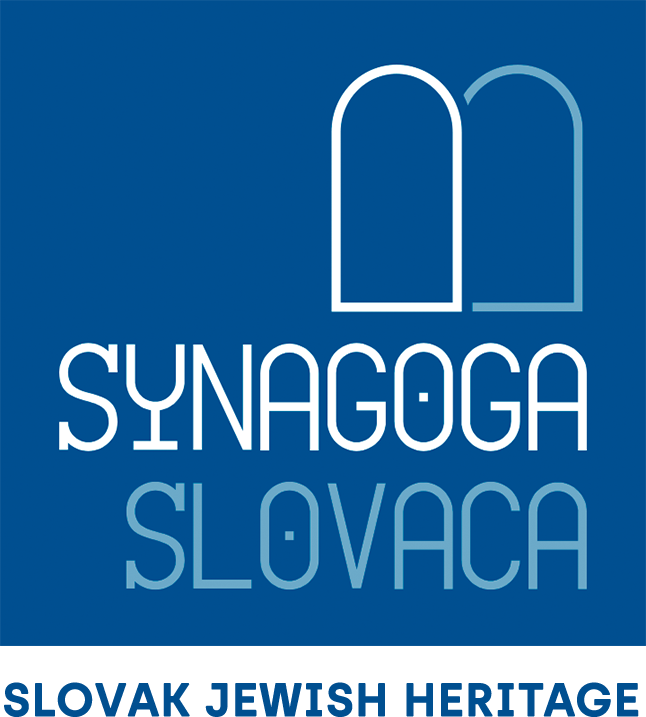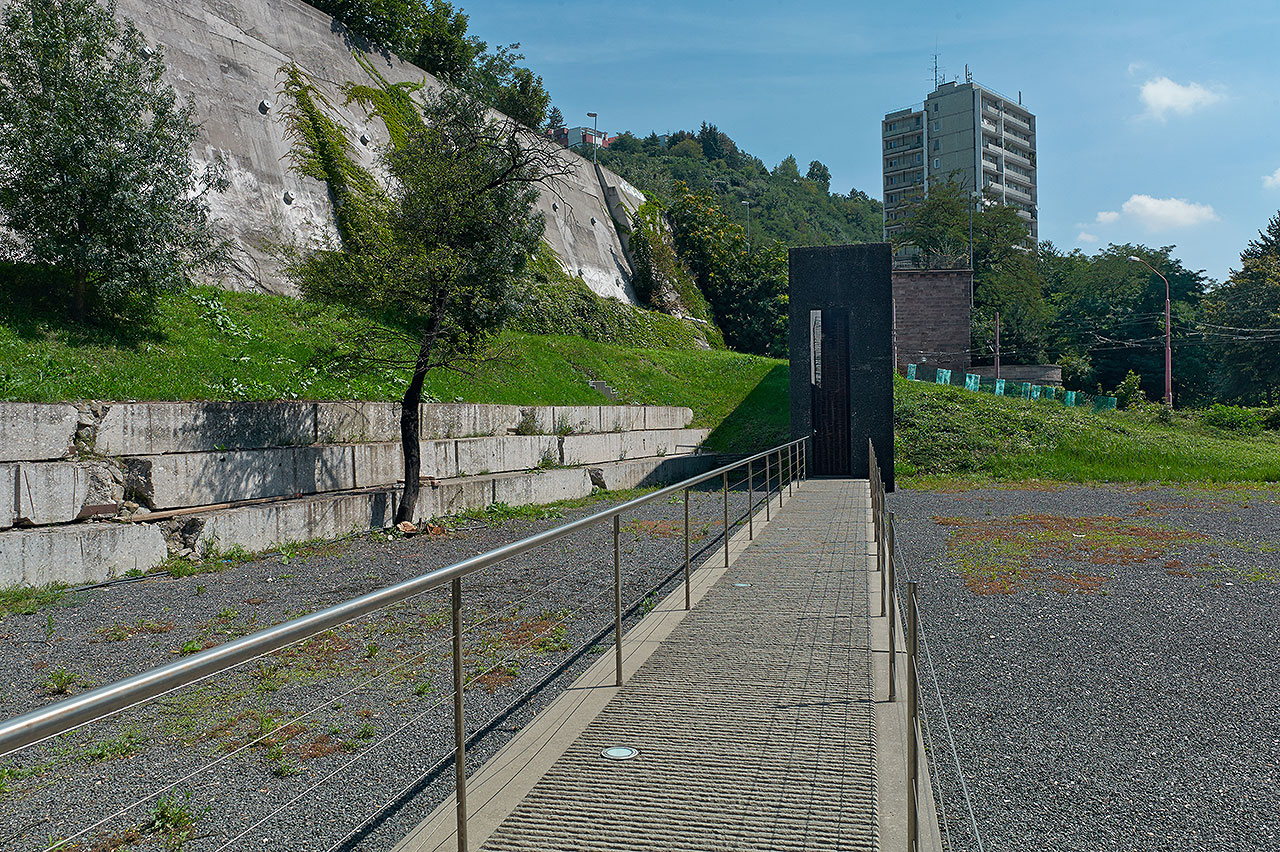Banská Štiavnica, Cemetery
The Jewish cemetery, owned by the municipality, has undergone restoration, thanks to a civic initiative led by a local activist, Dr. Beata Nemcová. The cemetery occupies a beautiful location on a hillside above town, spread out over a descending, partially terraced slope. The tombstones are simple, reflecting the urban taste of the nineteenth and early twentieth centuries.



























